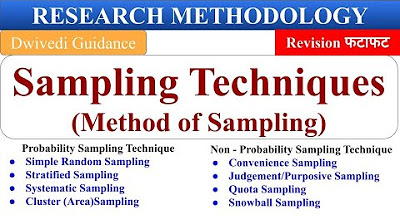Laboratory management with Siemens Opcenter RD&L at the Siemens LivingLab
Summary
TLDRIn this discussion, Martin explains the process of offline sampling used for their models and soft sensors. They collect samples from a fermenter to measure biomass, glucose, and ethanol concentrations. Martin details how they manage the results using Siemens' lymph system, which automates the process of data collection and integration. The system generates requests for various analysis tasks, and lab assistants manage them. Data is then automatically transferred back to their system and batch reports, making the entire process efficient and streamlined.
Takeaways
- 😀 Offline sampling is crucial for data collection in the process, as it provides the necessary data for models and soft sensors.
- 😀 Samples are taken from the fermenter to measure biomass concentration, glucose, and ethanol levels.
- 😀 The Siemens lymph system (OP Cent RD and L) is used to manage offline sample data effectively.
- 😀 The system organizes analyzing requests, splitting them into specific tests for glucose, ethanol, and biomass.
- 😀 Lab assistants are assigned to specific analyzing requests based on their responsibility, allowing for focused work.
- 😀 Measurement results can be automatically entered into the system using tools such as balances and photometers.
- 😀 Once the analysis is completed, the results are uploaded to the system and integrated into Cypher for further management.
- 😀 An offline sample request in Cypher automatically generates an analysis request in the lymph system.
- 😀 The lymph system ensures the automated transfer of analysis results to Cypher, maintaining data integrity and efficiency.
- 😀 All sample data is automatically incorporated into the batch report for streamlined reporting and analysis.
Q & A
Why is offline sampling important in this context?
-Offline sampling is important because it provides necessary data for building models, soft sensors, and supporting processes such as the living lab process. It helps measure key parameters like biomass, glucose, and ethanol concentration.
What specific measurements are taken from the fermenter in the living lab process?
-The measurements taken from the fermenter include the concentration of biomass, glucose, and ethanol.
How are the results of offline samples managed in the system?
-The results are managed through the Siemens Lymph system, which tracks analysis requests, organizes data into specific processes, and ensures that lab assistants only handle requests relevant to their responsibilities.
What role does the Siemens Lymph system play in managing offline sample data?
-The Siemens Lymph system helps manage the data by creating analysis requests for various parameters (e.g., glucose, ethanol, biomass) and ensuring that lab assistants only receive the requests they are responsible for. It also integrates with other systems like Cybert to automate data flow.
How are the lab assistants involved in the analysis process?
-Lab assistants receive specific analysis requests related to their responsibilities and enter or receive measurement results, often using tools that automatically capture data from instruments like balances and photometers.
Can you describe how data is integrated into the system after measurements are taken?
-After measurements are taken, the data is automatically released back into the system. For example, when an offline sample is announced in Cybert, an analysis request is created in the Lymph system. Once the results are finalized, they are sent back to Cybert and integrated into the batch report.
What is the benefit of integrating the Lymph system with Cybert?
-Integrating the Lymph system with Cybert streamlines the process by automatically transferring the data between systems. This reduces manual data entry and ensures that the results are directly incorporated into the batch report.
How does the system ensure that the right lab assistant receives the correct analysis request?
-The system splits the analysis request into individual processes for each parameter (e.g., glucose, ethanol, biomass), and only the lab assistant responsible for that specific parameter receives the relevant request.
What types of tools are used to enter or receive measurement results?
-Lab assistants use various tools to enter or receive measurement results, including balances and photometers, which can automatically send data to the system.
How does the system help ensure data accuracy and consistency?
-The system automates the flow of data between various processes, from analysis requests to results release. This integration reduces the chances of human error, ensuring consistent and accurate data management.
Outlines

This section is available to paid users only. Please upgrade to access this part.
Upgrade NowMindmap

This section is available to paid users only. Please upgrade to access this part.
Upgrade NowKeywords

This section is available to paid users only. Please upgrade to access this part.
Upgrade NowHighlights

This section is available to paid users only. Please upgrade to access this part.
Upgrade NowTranscripts

This section is available to paid users only. Please upgrade to access this part.
Upgrade Now5.0 / 5 (0 votes)





